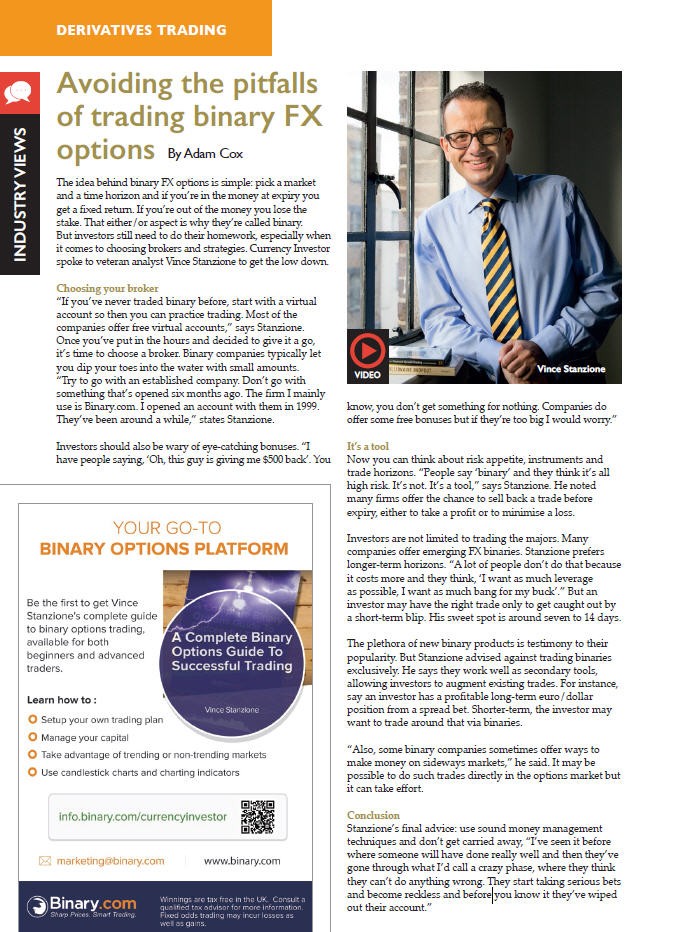Buffett Says Energy Future Bet at Risk of Being Wiped Out Bloomberg Business
Post on: 8 Апрель, 2015 No Comment

Berkshire Hathaway Inc. chairman Warren Buffett. Photographer: Tomohiro Ohsumi/Bloomberg
Feb. 27 (Bloomberg) — Warren Buffett, who bought about $2 billion in bonds of power company Energy Future Holdings Corp. said the investment is at risk of losing all its value after natural gas prices fell.
Buffett’s Berkshire Hathaway Inc. wrote down the debt by $390 million last year, following a $1 billion impairment in 2010, the billionaire said in his annual letter to shareholders posted Feb. 25 on the company’s website. The market value of the investment was $878 million at the end of December, he said.
“If gas prices remain at present levels, we will likely face a further loss, perhaps in an amount that will virtually wipe out our current carrying value,” wrote Buffett, Berkshire’s chairman and chief executive officer. “Conversely, a substantial increase in gas prices might allow us to recoup some, or even all, of our writedown.”
Buffett, 81, invested in the bonds in 2007 after Energy Future, then called TXU Corp. was bought by KKR & Co. and TPG Capital in the largest leveraged buyout. The private-equity firms wagered that gas prices would rise, pushing up wholesale electricity rates. Instead, prices fell amid an expansion of drilling, forcing down what Energy Future charges in unregulated markets for power produced from sources including coal.
The $1.87 billion of 10.25 percent bonds from Energy Future’s Texas Competitive unit due in November 2015 have tumbled to 29 cents on Feb. 24 from 62 cents on the dollar a year earlier, according to Trace, the bond-price reporting system of the Financial Industry Regulatory Authority.
Subordinating Debt
Energy Future has sought to reduce its risk of default by pushing out debt maturities and asking bondholders to swap their investments at discounted prices for new securities. Berkshire didn’t participate in an exchange in the fourth quarter of 2010, further subordinating its investment, the company said in a letter last year to the U.S. Securities and Exchange Commission.
While Energy Future has “significant exposure” to natural gas prices, it has almost fully hedged that risk this year, said Allan Koenig, a spokesman for the company, in an e-mailed statement yesterday.
“Having reworked our capital structure to extend our debt maturities until 2014 and beyond, we continue to service our investors’ holdings,” Koenig said. Berkshire has received annual interest payments of about $102 million since its purchase, Buffett said in his letter.
‘By Storm’
Natural-gas drillers have been using hydraulic fracturing, or “fracking,” and other technology to develop gas in shale fields from Texas to Pennsylvania. The new sources have driven the price from a high of more than $13 per million British thermal units in 2008 to as low as $2.23 on Jan. 23. Gas for March delivery fell about 4.1 percent to $2.45 today on the New York Mercantile Exchange.
Fracking “has taken the business by storm,” Peter Beutel, president of trading advisory company Cameronhanover.com in New Canaan, Connecticut, said in a phone interview. “All the sudden, we’ve got more natural gas than we can use.”
Energy Future needs a gas price of $6.15 per million Btu for profit margins wide enough to cover interest and operating expenses, according to Andy DeVries, a New York-based analyst for CreditSights Inc. Futures prices indicate gas won’t reach that level until 2022. Omaha, Nebraska-based Berkshire made the bet by buying issues from Texas Competitive maturing in 2015 and 2016, according to the letter to the SEC.
Credit-Default Swaps
Storage levels are 42 percent more than last year and 39 percent above the five-year average, according to Hsulin Peng, an analyst at Robert W. Baird & Co. Prices will average between $2 and $3 per million Btu this year and won’t rise to $5 until 2015, she said in a phone interview.
Contracts protecting against Energy Future’s default for five years climbed 1.2 percentage points to 46.5 percent upfront as of 2 p.m. in New York, according to data provider CMA, which is owned by CME Group Inc. and compiles prices quoted by dealers in the privately negotiated market. That’s in addition to 5 percent a year, meaning it would cost $4.65 million initially and $500,000 annually to protect $10 million of the power company’s debt.
Credit-default swaps pay the buyer face value if a borrower fails to meet its obligations, less the value of the defaulted debt. The contracts, which investors use to hedge against losses on corporate debt or to speculate on creditworthiness, decline as investor confidence improves and rise as it deteriorates.
Energy Future posted a net loss of $136 million in the three months ended Dec. 31, its fourth consecutive unprofitable period. The benchmark wholesale power price in northern Texas, where Energy Future has plants, fell 2.7 percent from a year earlier to average $30.97 a megawatt-hour during the fourth quarter, according to data compiled by Bloomberg.
‘Unforced Error’
Buffett often uses his annual letter to point out his blunders, such as buying ConocoPhillips stock near the peak of an energy boom, even as he has built book value per share by more than 5,000-fold over 47 years. This year, he called his bet on Energy Future a “big mistake,” even if gas prices rise and some of the writedown is recouped.
“However things turn out, I totally miscalculated the gain/loss probabilities when I purchased the bonds,” Buffett wrote. “In tennis parlance, this was a major unforced error by your chairman.”
To contact the reporter on this story: Noah Buhayar in New York at nbuhayar@bloomberg.net ;
To contact the editors responsible for this story: Dan Kraut at dkraut2@bloomberg.net ; Susan Warren at susanwarren@bloomberg.net














